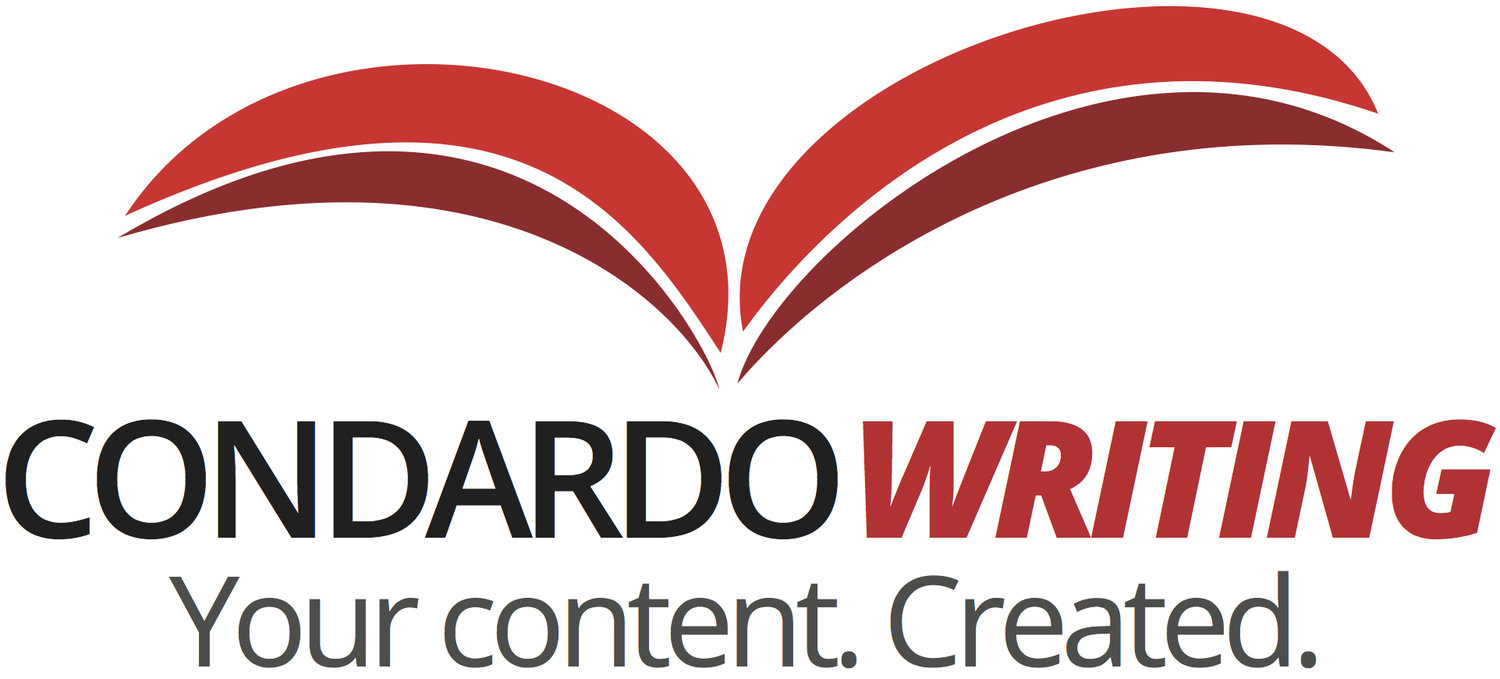Quick, what's more important, snow boots or suntan lotion? Doesn't make much sense, does it? The answer is, it depends. When shoveling out your driveway in a howling snowstorm, you need those boots to keep your feet warm and dry. But when you're lying on the beach, you better lather up with some SPF 50 so you don't burn to a crisp.
Marketers are presented with a similar choice when they're asked which is more effective: inbound or outbound marketing.
For a quick refresher, inbound marketing is "attractive," conversation based, and tends to involve general topics surrounding an industry. Think a blog post about a hot topic in technology that someone will want to read because it's of interest to them. It's more about promoting thought leadership than touting a product or service. This blog post is inbound content. Of course I want you to hire me to write your copy, but the specific point of this post is to help you understand how both inbound and outbound content are important.
Outbound marking is "intrusive," one sided, focused on the message the marketer wants to get out, and involves specific information on the company product or service. Think television commercials or radio ads. It is branded copy meant to encourage customers to purchase a specific product or service.
Inbound is getting all the love these days while outbound tends to get treated like last week's fish dinner, but both have a place in a comprehensive marketing plan.
Bring out your dead
You may actually read that outbound marketing is now dead. Whenever I see that, I'm reminded of the scene in the movie Monty Python and the Holy Grail where Eric Idle is collecting dead bodies during the plague and one of them keeps protesting: "But I'm not dead!"
Don't get me wrong. The bulk of the work that I do for my clients is inbound marketing content: white papers, eBooks, ghost articles, and blog posts. In fact, I've been Inbound Certified by Hubspot. But I still do a fair amount of traditional outbound marketing as well: brochures, data sheets, case studies, websites, and email campaigns.
Inbound has grown tremendously in the past few years because businesses have learned that it's cheaper and faster to get prospects to come to them rather than going out and hunting them down. The quality of leads tends to be better since the people who are attracted are voluntarily seeking you out and are already somewhat interested in your product or service.
Ah, but there's more to the sales process than just the top of the funnel. As prospects get deeper into the buying journey, they need to be nurtured and converted. Accepted practice is that it takes 7 to 10 touches to convert a lead into a sale. Many of those early touches should be inbound marketing content. As prospects proceed down the funnel, they usually want and need more information to make their decision. That's where a good outbound marketing program comes into play. A well crafted data sheet or brochure along with a compelling case study can be crucial in closing the deal.
Outbound still works
A survey by DiscoverOrg revealed that 60% of IT executives reported an outbound call or email led to a vendor being evaluated. Almost three quarters said they attended an event or took an appointment after receiving a cold call or email. Outbound still works.
The bottom line? You don't have to choose. You need both inbound and outbound content in your marketing program. They just need to be used in the right place and at the right time.
What about you? How are you balancing the two?
